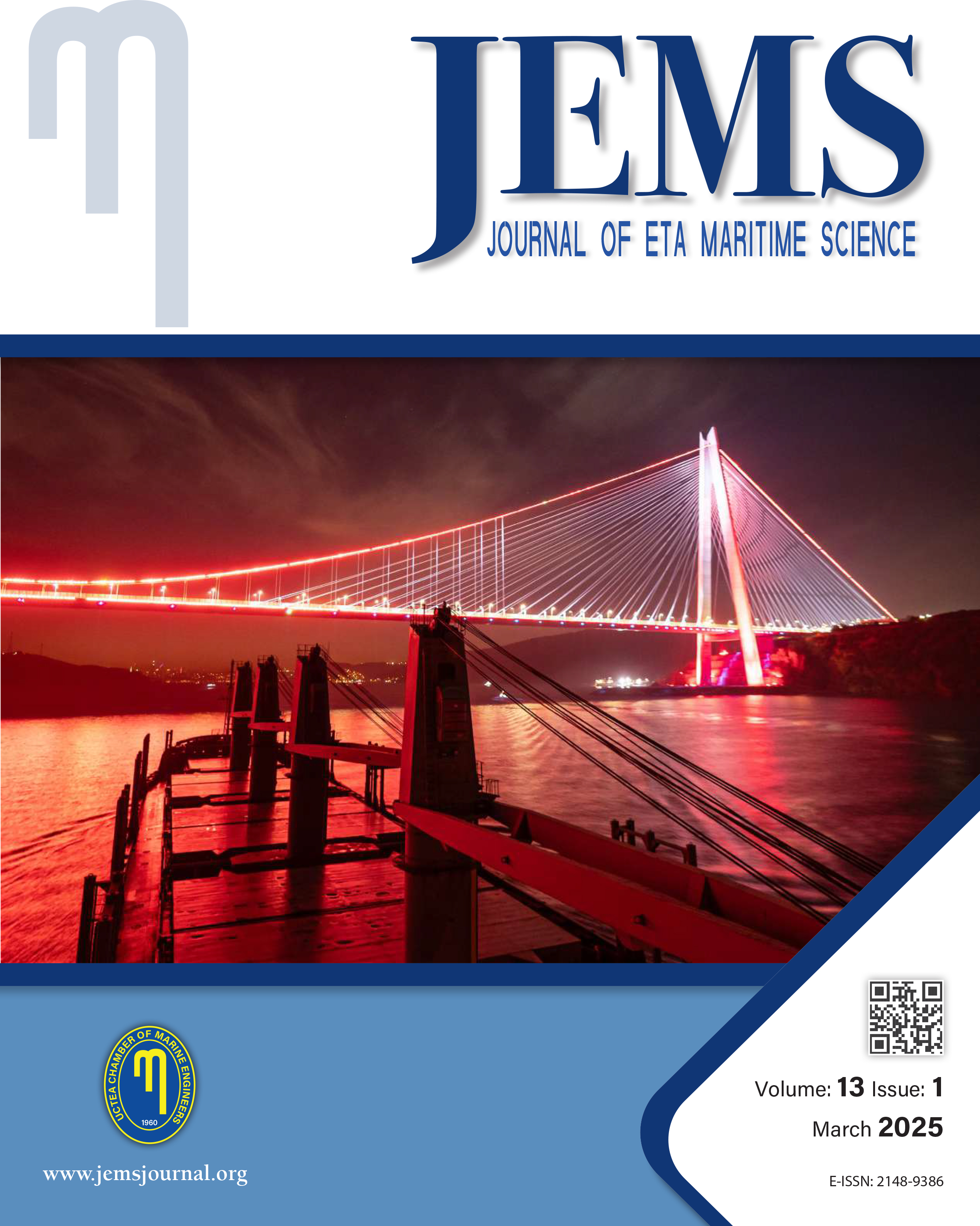

JEMS apply the Creative Commons Attribution NonCommercial 4.0 International Licence to all manuscripts to be published
Application of Relaxation Times Distribution of Dielectric Permittivity for Marine Engine Oils Analysis
Nikolay Sinyavsky, Oksana Synashenko, Natalia KostrikovaKaliningrad State Technical University, Kaliningrad, RussiaThis work is a preliminary dielectric relaxation time distribution analysis of several fresh and used marine engine oils that have not previously been examined for degradation with relaxation time distribution. The correlation of the distribution of relaxation times with other characteristics of oils, particularly the content of additives and wear products, was analyzed. The obtained results can be useful in the development of instrumentation for express diagnostics of the engine. The proposed mechanism for describing the dielectric spectrum using the relaxation time distribution can provide a meaningful interpretation of the processes at the molecular level. Information about the frequency measurements of permittivity can be used in various applied research.
Keywords: Marine engine oils, Engine oil additives, Dielectric relaxation, Relaxation time distributionManuscript Language: English
(617 downloaded)










